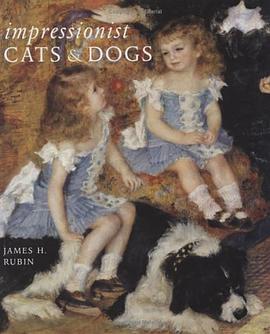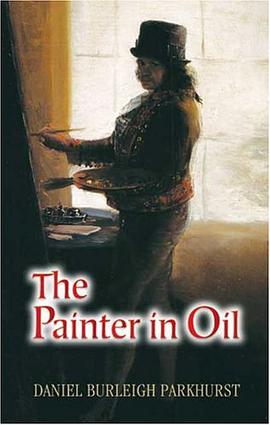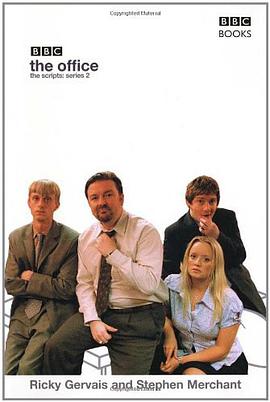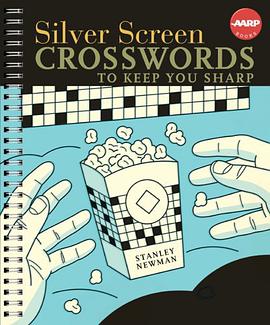

Many Impressionist paintings of modern life and leisure include images of household pets. Their appealing presence lends charm to such works while alluding to middle-class prosperity and the growing importance of animals as family members. In many cases, such domestic denizens significantly complement representations of their owners. In certain others, the devotion of individual artists to their pets symbolically enhances their expressions of artistic identity. This book focuses on the role of pets in Impressionist pictures and what this reveals about the art, artists, and society of that era. James Rubin discusses works in which artists paint themselves or their friends in the company of their pets, including several paintings by Courbet (who was fond of dogs) and Manet (a notorious lover of cats). He points out that in some works by Degas, dogs contribute to the artist's commentary on psychological and social relationships, and that in paintings by Renoir, dogs and cats have playful and erotic overtones. He also offers a theory to explain why Monet almost never painted pets. Drawing on early pet handbooks and treatises on animal intelligence, Rubin explores 19th-century opinions on cats and dogs and compares handbook illustrations with the animals shown in Impressionist works. He also provides information on pet ownership and on the place of Impressionism in the long history of animal painting.
具体描述
读后感
评分
评分
评分
评分
用户评价
相关图书
本站所有内容均为互联网搜索引擎提供的公开搜索信息,本站不存储任何数据与内容,任何内容与数据均与本站无关,如有需要请联系相关搜索引擎包括但不限于百度,google,bing,sogou 等
© 2025 book.wenda123.org All Rights Reserved. 图书目录大全 版权所有




















